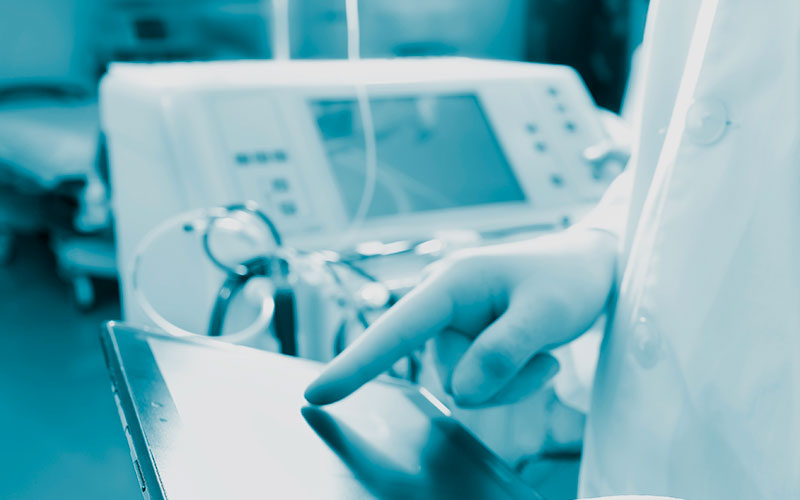
Serialización en productos sanitarios por Oqotech
We analyze the new traceability requirements in medical devices and solve some frequent doubts.


In recent years, new regulations on the traceability of medicines and medical devices have been introduced at the global level to guarantee patient safety and prevent fraud.
Following this trend, the EU Commission defined in May 2017 the requirements for the implementation of a Unique Device Identification System in the new EU Medical Device Regulations (MDR) 2017/745 and the Regulation on Sanitary Products for In Vitro Diagnostics (IVDR) 2017/746.
Both regulations include similar requirements for the two types of devices, although with different implementation deadlines.
Many of these requirements are completely new to the EU market and, for manufacturers, traceability in medical devices is a major challenge in many technical, administrative and operational aspects.
Although, with these efforts to increase transparency in the medical device market, it is expected to improve patient safety, fight against falsification and fraud, improve market surveillance, facilitate traceability of devices, provide public access to relevant data, and support subsequent processes in the supply chain and clinical management.
We are going to review the new requirements and answer some of the frequent doubts that we find in serialization projects in sanitary products.
New traceability requirements in medical devices
The UDI requirements are present in several articles and annexes of MDR. This demonstrates the complexity of the UDI system and that it will acquire increasing importance in the near future.
The UDI system or Unique Device Identification System will be applicable to all products that are not custom products or products under investigation.
In summary, the traceability requirements in medical devices can be grouped into three categories:
Labeling requirements
In addition to the marking or labeling requirements indicated in Annex I of the MDR Regulation, an additional requirement is established the UDI marking.
The unique device identifier (UDI) will be a series of numeric or alphanumeric characters and must be placed on the label and/or packaging of the device.
At the same time, it must contain:
- UDI-DI: device identifier – specific for the manufacturer and device model – that is also used as an “access key” to the information stored in a unique identification database
- UDI-PI: production identifier – identifies the unit of production of the device – with information about the serial number/lot, identification of the computer program and/or the date of manufacture and/or the expiration date, or both dates.
Annex VI, Part C of the MDR, contains specific labeling requirements. The way of presenting the information on the label follows formats used globally: thus, the UDI supplied will have to be available in the AIDC (Automatic Identification and Data Capture) formats to which belong, among others, the bar code and which require a reading through electronic device, and HRI (Human Readable Interpretation) as the chain of numbers that usually accompanies the barcode, which humans can easily can recognize.
Data submission requirements
The manufacturers of medical devices must send UDI-DI and information related to the medical device and the manufacturer itself to a central UDI database. Annex VI, Part B of the MDR collects the details on the exact information to be presented. For example, the name and address of the manufacturer, the SRN (single registration number or single registration number) assigned and the risk class of the product, among others, must be indicated.
Information about medical devices will be stored in the European central database EUDAMED. This will have to expand its functionality to allow the registration of the information necessary for compliance with the requirements. This information includes information on the subsequent follow-up of the devices, their distribution and commercialization, safety and clinical information, the manufacturer’s registration and others deemed necessary.
The UDI-DI will work as a key to the system, connecting all the information about a medical device available throughout the European electronic system. Patients, doctors or any other operator that is part of the chain may identify the UDI information on the label and access EUDAMED to obtain information on the clinical and safety performance of the specific medical device.
Storage and traceability requirements for UDI information
Economic operators will have to modify their quality management systems to ensure that information is stored in an adequate and systematic way. In fact, it should be tracked and consulted by manufacturers, authorized representatives, importers, distributors, institutions and health professionals. All interested parties should be able to track who supplied and / or to whom a medical device was delivered.
Chapter II of the MDR describes the requirements of the system required for traceability. In addition, several points (Technical documentation – Annex II, Declaration of conformity – Annex IV, etc.) suggest that the technical documentation of products should be updated.
Frequent questions
Devices that were previously not classified as high risk will now be considered as such?
The classification rules (Class I, IIa, IIb, III) remain essentially the same, although it is advisable to evaluate all the devices according to the classification criteria specified in Annex VIII.
The biggest difference at this point is the addition of “ and implantable products” to many of the requirements of Class III devices. This means that products that under the MDD Directive classify in Class IIa and IIb -which can be self-certified by the manufacturer once the technical files and all other requirements have been met – in MDR can be regulated by Class III requirements – a notified body (NB) will participate in the device approval process. This will be a great change in the regulatory and commercial strategy for organizations that are affected by the changes.
Implementation deadlines
The dates on which medical devices must be incorporate the UDI on their label and packaging depends on the level of risk of the product:
- Implantable and Class III devices: May 26, 2021.
- Class IIa and IIb: May 26, 2023.
- Class I: May 26, 2025.
For reusable devices, the compliance dates are:
- For implantable devices and reusable Class III: May 26, 2023.
- For Class IIa and IIb reusable devices: May 26, 2025.
- For reusable Class I devices: May 26, 2017.
In vitro diagnostic medical devices (IVD) are also subject to compliance with the requirements, according to the following dates:
- Class D: May 26, 2023.
- Class C and B, May 26, 2025.
- Class A: May 26, 2027.
It is important to clarify that these compliance deadlines are subject to change. They will depend on the progress in the implementation and adaptation of EUDAMED and its accessibility.
What will happen if EUDAMED is not ready on time?
If the European Database on Medical Devices EUDAMED does not fully work on May 26, 2020 – date of application of the MDR – the traceability requirements will apply 6 months after the Commission publishes a notice stating that EUDAMED it has achieved full functionality. Between the date of entry into force of the MDR and the date on which UDAMED is fully functional, the provision regarding the exchange of information in the Medical Device Directive (MDD) will continue to apply.
The time to adapt to the requirements is still enough. For now, it is not mandatory, but It is important to initiate the necessary adjustments, since some of them may affect the quality system.
To carry out the adaptation, a good starting point is to perform a gap analysis between the existing processes and the new requirements. Then, it is necessary to elaborate a plan to adjust the procedures, in such a way that the UDI labeling is included.
If you need help to identify the UDI requirements applicable to your organization and implement a compliance plan, at Oqotech we can help you, contact us.








